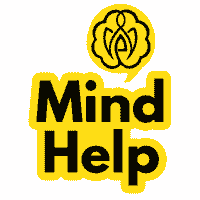Brain news: Scientists map the part of the brain that ‘links’ similar objects, and finds new details on how the brain processes information out of context.
Whenever we see a particular object say a car or refrigerator our brain automatically thinks about others things in the kitchen that are naturally associated with the refrigerator. It’s the same thing when we think of car, toys, trees, rivers and anything. This phenomenon allows us to build context for our surroundings and set expectations for the world.
Researchers from Johns Hopkins University investigated why and how the brain links similar objects in our minds. In a two-part study, the research team used a database with thousands of scenic photos (household scenes, nature, city life etc) with every object labeled. They created a statistical model and algorithm that demonstrated the likelihood of seeing a pen if you saw a keyboard, or seeing a boat if you saw a dishwasher.
They measured the “co-occurrence” phenomenon or how often certain objects appeared with others, using machine-learning and brain imaging and identified the brain region where it happens.
Subjects were shown pictures of individual objects while having their brain activity monitored with functional magnetic resonance imaging, or fMRI. The team looked for the evidence of a region whose responses tracked this co-occurrence information. The spot they identified was a region in the visual cortex that process spatial scenes.
“This region of the brain long thought to process the spatial environment is also coding information about what things go together in the world,” said corresponding author Mick Bonner a Johns Hopkins University cognitive scientist.
To Know More, You May Refer To
Bonner, M.F., Epstein, R.A. Object representations in the human brain reflect the co-occurrence statistics of vision and language. Nat Commun 12, 4081 (2021). https://doi.org/10.1038/s41467-021-24368-2











